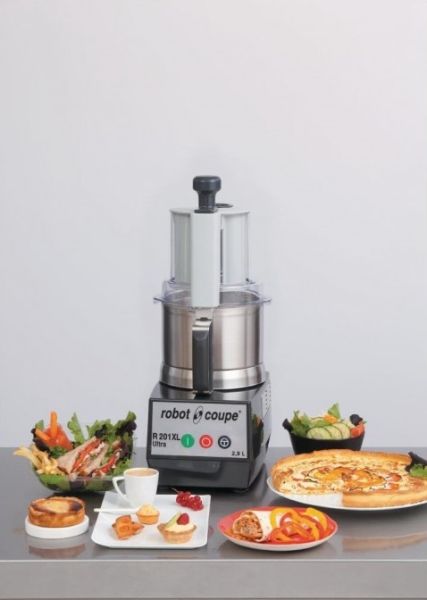Language
WORLDWIDE SHIPPING
Robot Coupe R 201 XL Ultra Vegetable Slicer
€1,590.00
€1,303.28
Availability:
In stock
Two machines in 1, cutter and vegetable cutter.
Chop, knead, crush, chop easily.
EFFICIENT: 1 or 2 minutes are enough to make a mayonnaise, a tartare, a carrot purée or an apple compote.
This vegetable-cutter is equipped with an XL Extra-Large hopper that allows you to insert up to 6 tomatoes and guarantee greater productivity.
Patented lid: total hopper load
PRECISE
Cylindrical hopper Diameter 58 mm: uniform cutting of long and delicate products.
LID
Addition of liquids or ingredients during processing.
Toothed knife at the bottom of the tank, a ROBOT exclusivity -COUPE, for a perfect homogeneity of the processed products, even in small doses. Rotation speed of the blades 1500 rpm.
Pulse control for greater cutting precision.
2 Stainless steel discs per slice 2 mm and Julienne 2 mm.
Rotation speed of the blades 1500 rpm.
Tank capacity: 2.9 Liters
Power: 550W
Voltage: Single-phase 230V
Speed 1500 rpm
Number of place settings: from 1 to 20
Dimensions: Width 220 mm. Depth 300 mm. Height 720 mm.
Shipping time: 10 days
Chop, knead, crush, chop easily.
EFFICIENT: 1 or 2 minutes are enough to make a mayonnaise, a tartare, a carrot purée or an apple compote.
This vegetable-cutter is equipped with an XL Extra-Large hopper that allows you to insert up to 6 tomatoes and guarantee greater productivity.
Patented lid: total hopper load
PRECISE
Cylindrical hopper Diameter 58 mm: uniform cutting of long and delicate products.
LID
Addition of liquids or ingredients during processing.
Toothed knife at the bottom of the tank, a ROBOT exclusivity -COUPE, for a perfect homogeneity of the processed products, even in small doses. Rotation speed of the blades 1500 rpm.
Pulse control for greater cutting precision.
2 Stainless steel discs per slice 2 mm and Julienne 2 mm.
Rotation speed of the blades 1500 rpm.
Tank capacity: 2.9 Liters
Power: 550W
Voltage: Single-phase 230V
Speed 1500 rpm
Number of place settings: from 1 to 20
Dimensions: Width 220 mm. Depth 300 mm. Height 720 mm.
Shipping time: 10 days
FAQs

 IT
IT FR
FR
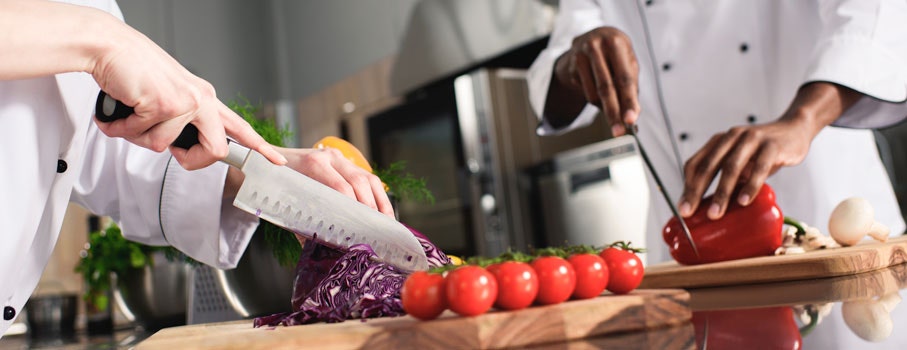
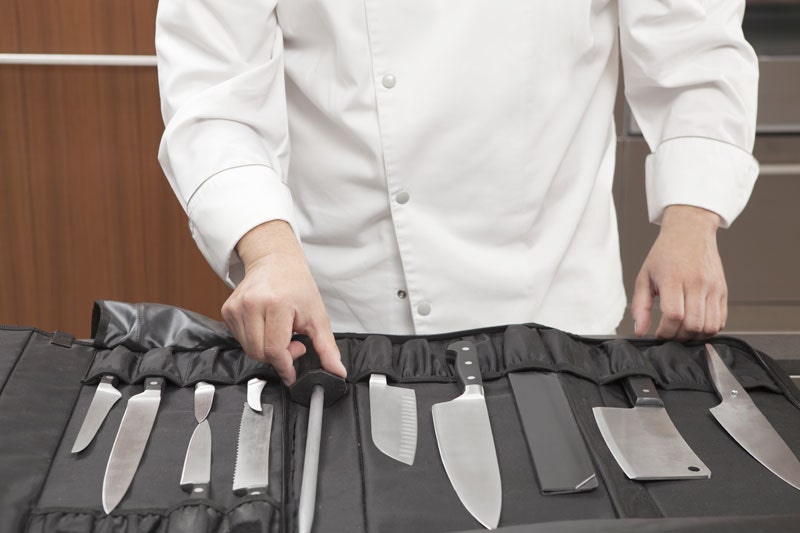
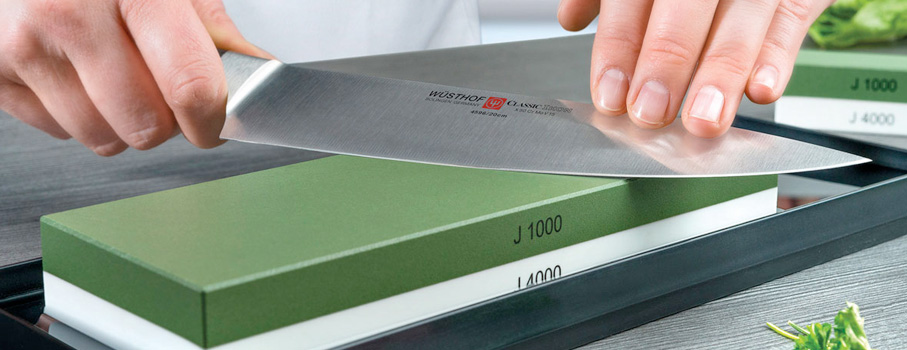
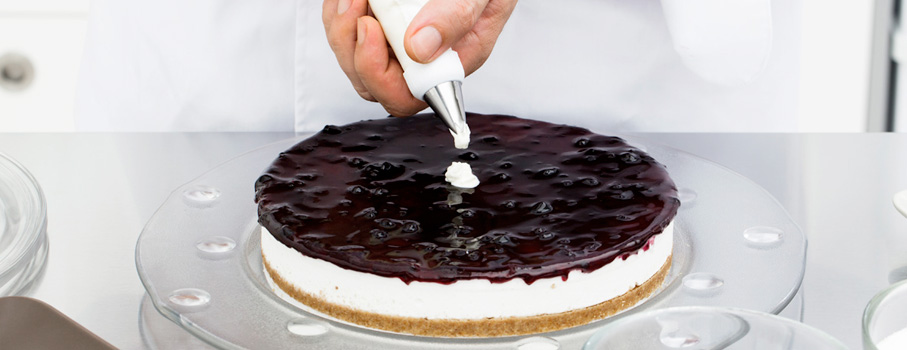

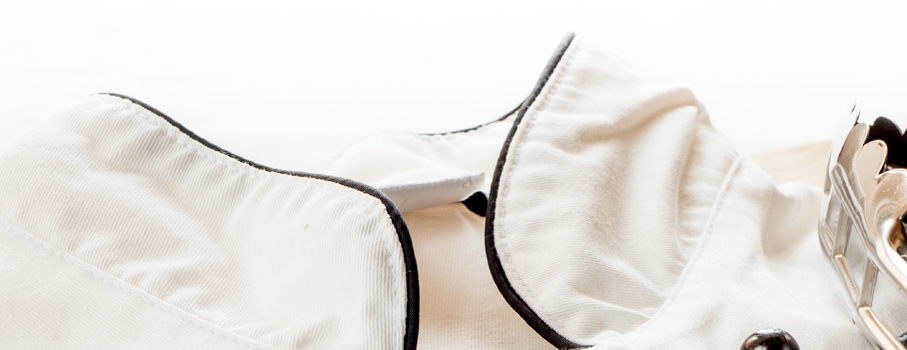
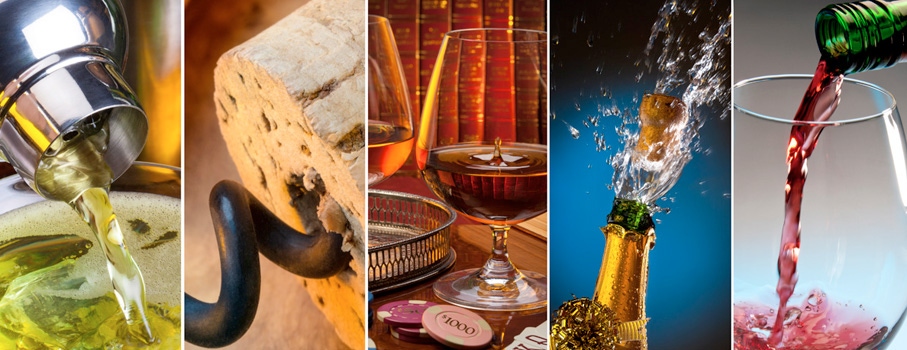
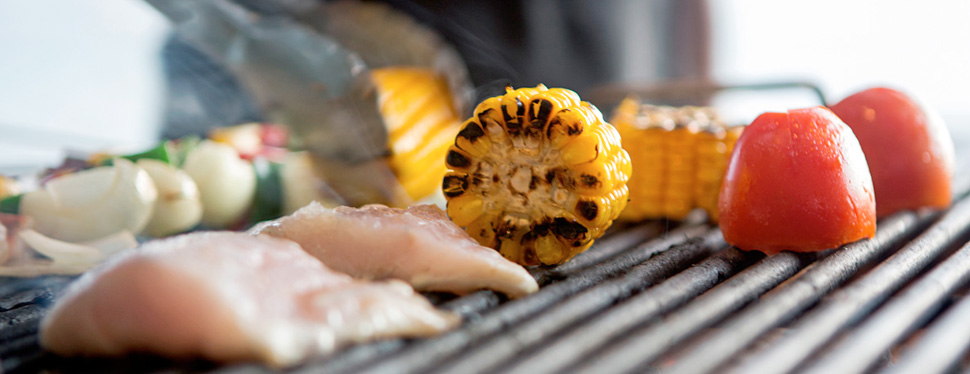

 IT
IT FR
FR
